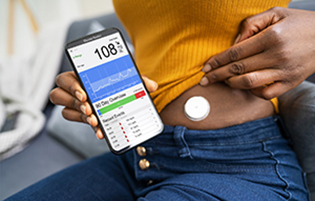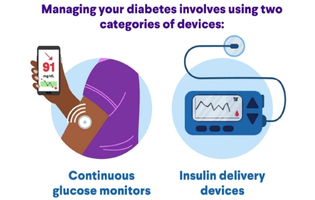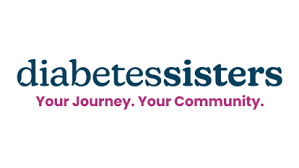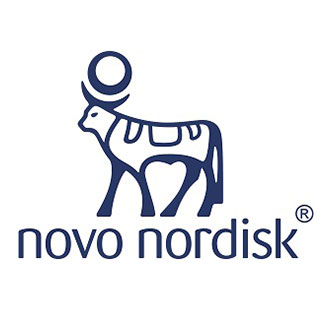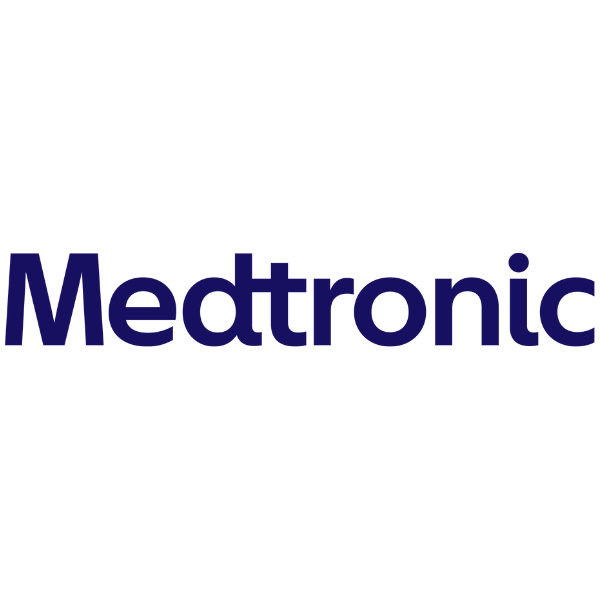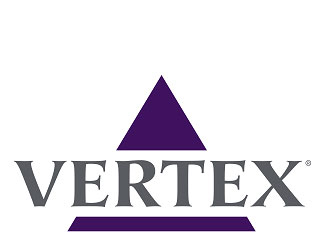Contemplation
Patient Checklist
Patient Checklist
Here is a checklist of things to keep in mind as you talk with your health care professional about diabetes technology devices.
Your Specific Diabetes Needs
Not all diabetes technology devices are right for everyone with diabetes. For example, connected insulin pens can't be used with every type of insulin. And an insulin pump may not be the right solution for someone who injects insulin only once a day. Be sure you understand which technology your health care professional recommends for your personal diabetes health. (For more information about different types of devices, see Planning & Treatment.)
 Technology Literacy
Technology Literacy
How comfortable do you feel using technology? For example, are you someone who loves upgrading to the latest smartphone as soon as it comes out? Or do you shy away from anything high tech?
Understanding technology or having experience using a smartphone or desktop/laptop computer will make it easier for you to do things like downloading apps or software and sharing information electronically.
However, being a beginner with technology doesn't mean you can't learn to use diabetes technology. Here's why: Companies that design diabetes technology devices are becoming more sensitive to the needs of a larger and more diverse population of people with different levels of technical understanding.
With that in mind, diabetes technology companies are working harder to create more user-friendly devices. A continuous glucose monitor (CGM) or insulin pump may be easier to use than you think. If you are not a technology whiz, let your health care professional know that you may need extra training. And consider asking your technologically capable friends or loved ones to help you.
And don't feel that you have to have a smartphone in order to take advantage of diabetes technology. Although some devices connect to smartphones, others don't.
Going outside of your comfort zone with technology could pay off with your health. For example, if you use a CGM to track your blood sugar (glucose) in real time, you may be able to make better choices throughout the day about the food you eat and the activities you do. (Note: Although they may be referred to as blood sugar monitors, CGMs actually measure the sugar in the fatty tissue in your body, rather than your blood.) Over time, better daily management of your blood sugar could help delay or prevent the development of diabetes-related complications.
 Access to Connectivity Devices and Services
Access to Connectivity Devices and Services
Many of today's diabetes technology devices connect with other devices or smartphones via Wi-Fi, Bluetooth wireless technology, or cell phone data service. For example, some devices require Wi-Fi and a smartphone for hybrid closed-loop systems that combine a CGM and an insulin pump. For others, while not required, it may make it easier to share data and facilitate virtual visits for follow-up care.
- Wi-Fi: Unreliable Wi-Fi could prevent your devices from working properly.
- Smartphone: Many types of diabetes technology use smartphone apps.
- Cell service: Spotty cell service could prevent your diabetes management devices from sending complete information to smartphone apps.
- Email/internet service: If you use an online patient portal to communicate with your diabetes care team or share information about your blood sugar, you will need email/internet service you can count on.
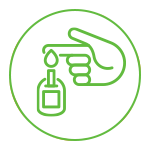 How Well You Are Managing Your Blood Sugar
How Well You Are Managing Your Blood Sugar
Studies have shown that many people with diabetes have trouble keeping their blood sugar in range. In fact, one large study found that only 17% of young people and 21% of adults hit their blood sugar targets.
For some people with diabetes, technology helps them do a better job of meeting their blood sugar targets. For instance, some studies have found a connection between CGM use and lower rates of hypoglycemia (low blood sugar) and improved hemoglobin A1C values. A1C blood tests measure average blood sugar over the preceding three months.
Using diabetes technology won't necessarily lower your blood sugar on its own. But if you have trouble managing your blood sugar with finger-prick blood tests and multiple daily injections of insulin, or if using diabetes technology would help you stay engaged in your blood sugar management, it may be a good addition for you.
 Access to Medical Care
Access to Medical Care
Learning to use diabetes technology may require some extra visits to your health care professional for appointments, training, and follow-up check-ins. Do you have reliable transportation to their office? Will you be able to make time in your schedule for all necessary visits?
If you find it challenging to schedule in-person visits, ask your diabetes care team about virtual visits. Some diabetes technology devices can share data with your care team via online platforms, which allows you and your health care professional to review your diabetes data virtually. And if accessing virtual appointments is difficult, share that with your health care professional, because it may impact their recommendation about which type of diabetes management tools are right for you.
 Access to Diabetes Management Support
Access to Diabetes Management Support
Beyond getting used to any new devices you use, you will also need access to the things that will support you as you set out to manage your diabetes. Remember, even the most cutting-edge diabetes technology doesn't take the place of healthy eating, exercise, and other lifestyle factors that help keep your blood sugar in range. As you think about your diabetes care plan, consider strategies for accessing healthy food and safe spaces for physical activity.
Here's something to think about: Things like where you live, how you learn, and how easy it is to receive medical care are factors referred to as social determinants of health (SDOH). The federal government groups SDOH into five categories, all of which can affect your ability to manage your diabetes:
- Economic stability: Do you have steady, well-paying work and an income that allows you to afford the food and other items you need to stay healthy?
- Education access and quality: Are high-quality educational opportunities available where you live? Can you afford a college education for yourself or your children?
- Health care access and quality: Do you have health insurance? Are you receiving all the health care services you need?
- Neighborhood and built environment: Do you live somewhere with high rates of violence? Is your drinking water safe? Can you easily access nutritious foods? Is it safe for you to go out and walk or take part in other fitness activities?
- Social and community context: Do you regularly face racism or discrimination? Do you have the support of others when times are tough?
For some people, SDOH can make it harder to manage diabetes. For example, eating healthy foods can be challenging if you have trouble paying for them or don't have a grocery store nearby. Living somewhere without parks or sidewalks can make it harder to be physically active.
If your life circumstances are creating issues that get in the way of your ability to manage your diabetes, let your health care professional know. They may be able to point you to resources that can help you.
Did You Know?
Diabetes rates vary among racial/ethnic groups in the U.S. For example, diabetes affects
- 13.6% of American Indian and Alaska Native adults
- 12.1% of non-Hispanic Black adults
- 11.7% of adults of Hispanic origin
- 6.9% of non-Hispanic White adults
 Access to Health Insurance
Access to Health Insurance
Many health insurers cover some types of diabetes technology. However, because insurance plans differ in what they pay for, be sure to check with your insurance carrier before investing in a device. Visit our AACE Prescription Affordability Resource Center for affordability assistance. If you don't have health insurance, these resources could help you get it:
- www.healthcare.gov to explore private insurance options (see the Plan Finder)
- www.medicare.gov to learn about Medicare
- www.medicaid.gov or your state's Medicaid office to find out about Medicaid coverage
 Your Personal Preferences
Your Personal Preferences
When it comes to choosing the right diabetes management tools, your personal preferences also matter. These include what you feel comfortable with and which choices best fit with your lifestyle, beliefs, and values.
With diabetes technology, factors like these may affect your personal preferences:
- Will wearing a sensor under your skin as part of a CGM system interfere with your daily activities?
- Are you comfortable if your insulin pump shows under your clothes?
- Do you have the time and interest to learn how to use high-tech diabetes devices?
- If you take insulin, how important is it to limit the number of needle sticks you do each day?
- Are you comfortable with finger-prick blood sugar testing? Are you able to do it as often as your health care professional recommends?
- Is it important to you to have the most advanced technology?
- Are you willing to monitor a device to make sure it's working — for example, changing out sensors? Are you willing to have a back-up plan if the device isn't working?
- If your device isn't working correctly, are you prepared to contact your health care professional or the device manufacturer to fix it?
By considering all of the factors listed here, you can make choices that will best support you as you manage your diabetes and focus on meeting your health goals.
Did You Know?
Gestational Diabetes
- Your risk of developing gestational diabetes during pregnancy goes up if you have a family history of diabetes.
- It's important to control your blood sugar (glucose) if you develop gestational diabetes. Managing high blood sugar can help lower your baby's chances of being born too early, having trouble breathing after birth, or weighing too much at birth. It can also reduce the risk of stillbirth.
- Children whose mothers had gestational diabetes while they were in the womb have a higher risk of developing diabetes later in life.
- A woman’s risk of developing type 2 diabetes increases if she’s had gestational diabetes.










 DOWNLOAD
DOWNLOAD
